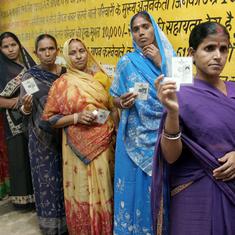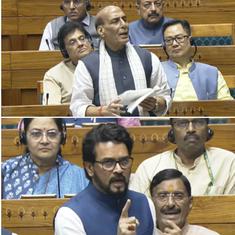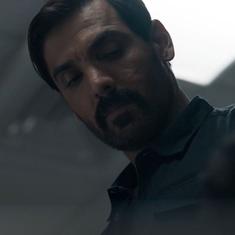Watch: What happens after a court hands down the death penalty in India?
A long-drawn out process determines whether the convict is actually executed.
Executing a death sentence is a long process in India; it can take between seven and eleven years in some instances. In many cases, the sentence is commuted to life imprisonment, with actual execution remaining the exception rather than the rule.
So, there is a large gap between the number of death penalties handed out and actual executions. The video above explains all that happens between the sentencing and the execution. With several steps and decisions involved, the actual execution doesn’t usually take place quickly.
In the past few years, there have been only three executions: of Ajmal Kasab for the Mumbai terror attack (2012), of Afzal Guru for the Parliament terror attack (2013), and of Yakub Memon for the Mumbai serial blasts (2015).
According to Section 354(3) of the Criminal Procedure Code, the judge is required to provide “special reasons” for awarding the death sentence in the first place, and only in the “rarest of rare” cases.
However, there is no statutory definition of “rarest of rare” cases.
In the 1980 case of Bachan Singh Versus The State of Punjab, the Supreme Court said: “Death penalty should be imposed when collective conscience of the society is so shocked that it will expect the holders of the judicial power centre to inflict death penalty irrespective of their personal opinion as regards desirability of otherwise of retaining death penalty.”
Recently, the death penalty has been upheld in the 2012 Delhi gang rape case for four of the five adults found guilty of raping and causing the death of Jyoti Singh. The fifth had committed suicide earlier, while the sixth perpetrator was a juvenile at the time of the crime. The Supreme Court declared: “If ever a case called for hanging, this was it.”









